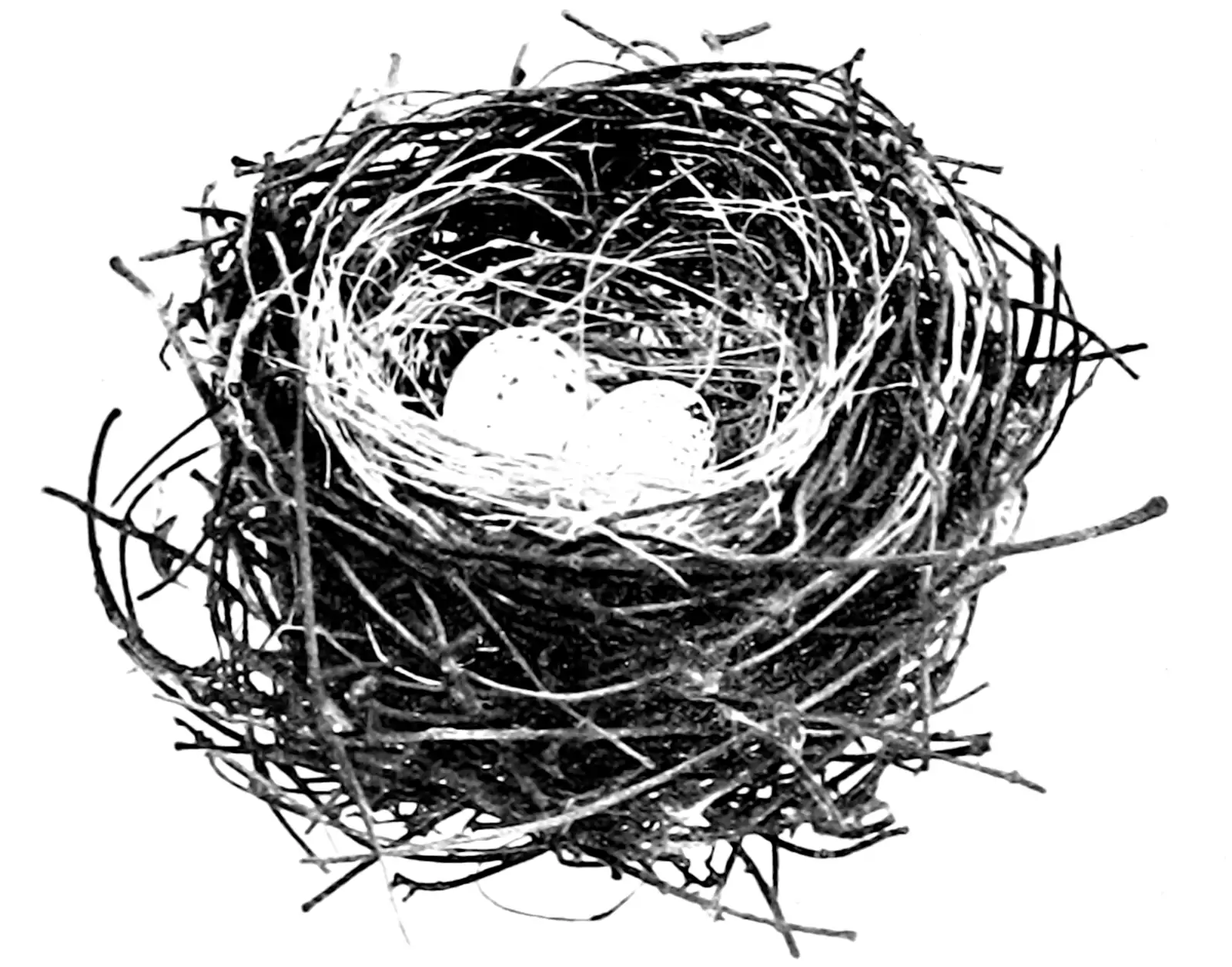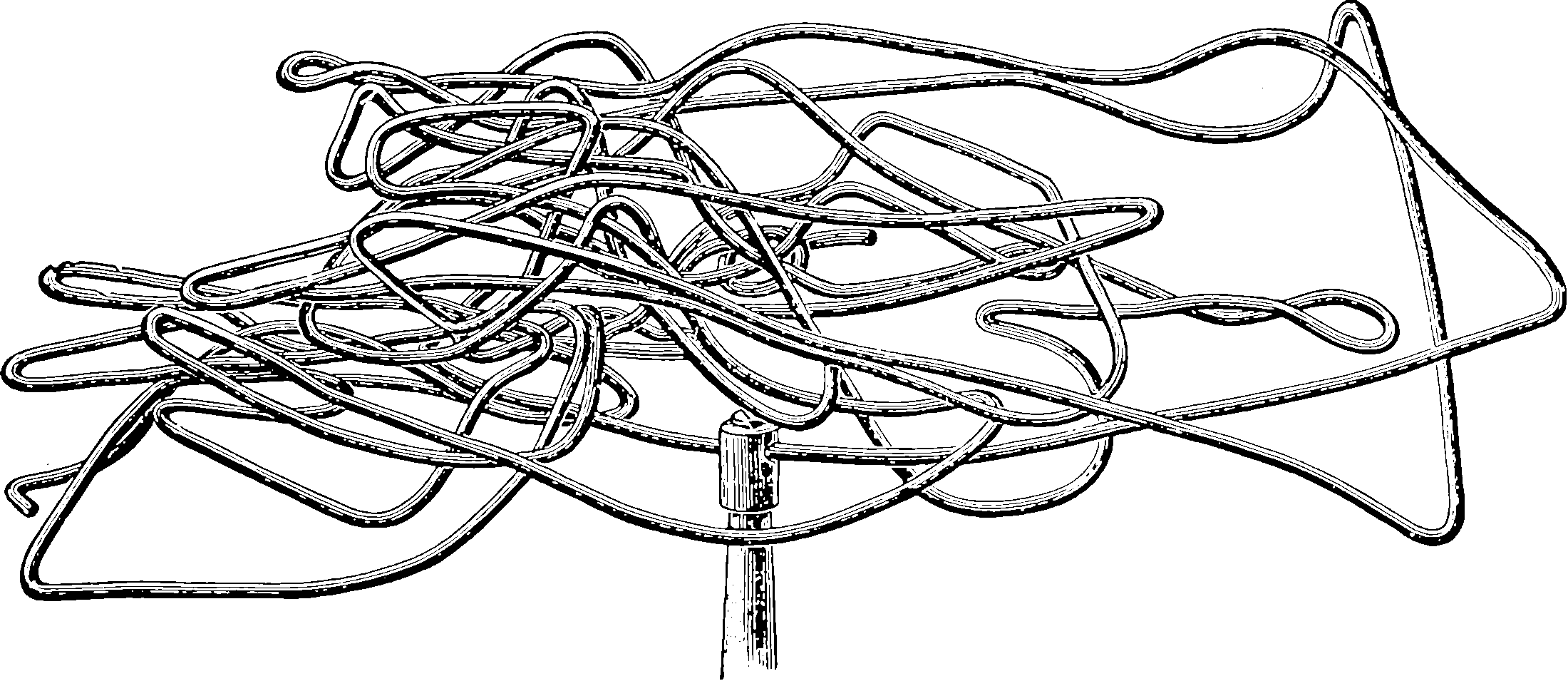Random graphical models
Causality in amongst confusion
2021-10-25 — 2022-02-07
Wherein priors over causal graphs and sparse interaction structures are considered, and a catalogue of random models — from random neural feature maps to trophic and sparse hypergraph ensembles — is presented.
Reading the The “It’s really complicated and sad” theory of obesity put a question in my head about random structural models and what we can learn from them. I will be unlikely to return to and work through this right this minute, but it occurs to me that it is worth keeping around a list of models that sound like they are worth looking at
- Shalizi’s multi-factorial toy-model of intelligence in g, a Statistical Myth
- I have a vague notion that Wigner’s random matrix model for atomic nuclei was essentially a random interaction model, although I am not a physics person. I doubt they support interaction terms, though; that would be a random tensor model (which is surely also around)
- Random neural nets in the sense of feature maps
- Probabilistic neural nets in the sense of posterior updating of coefficients
- Robert May’s random trophic models
- Also Jennifer Dunne’s work, presumably
- Why Correlation Usually ≠ Causation
- contagion models?
- those N-K models?
- Gwern on dense causal webs
- …
What is a good prior over causal graphs? With interactions? Good, in my current mode of thought, would mean, what classes of random causal graphs could we have that were intermediate in complexity between homogenous structure and maybe non-trivial structure. For example, monotonic, or multiplicative interactions with sparse links.
When we are concerned with sampling models over random graphs we might consider Exponential Random Graphs Model, a.k.a. ERGM models. I have some perfunctory notes on that theme under graph sampling. I wonder if that will subsume this idea or not?
I should read up on random graph theory and possible sparse random hypergraphs, e.g. Bapst and Coja-Oghlan (2016), as seen in theoretical analysis of message passing.

